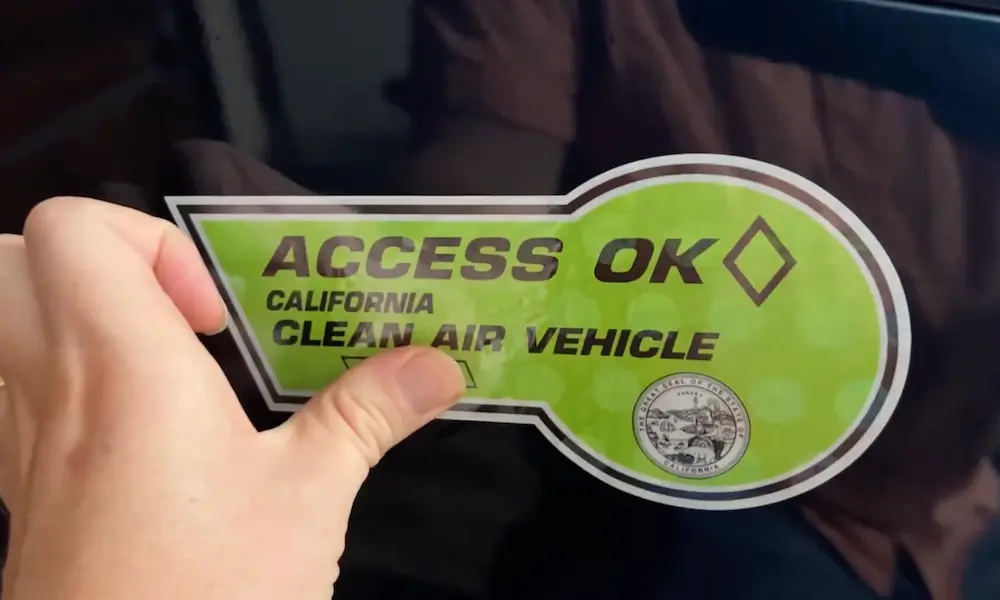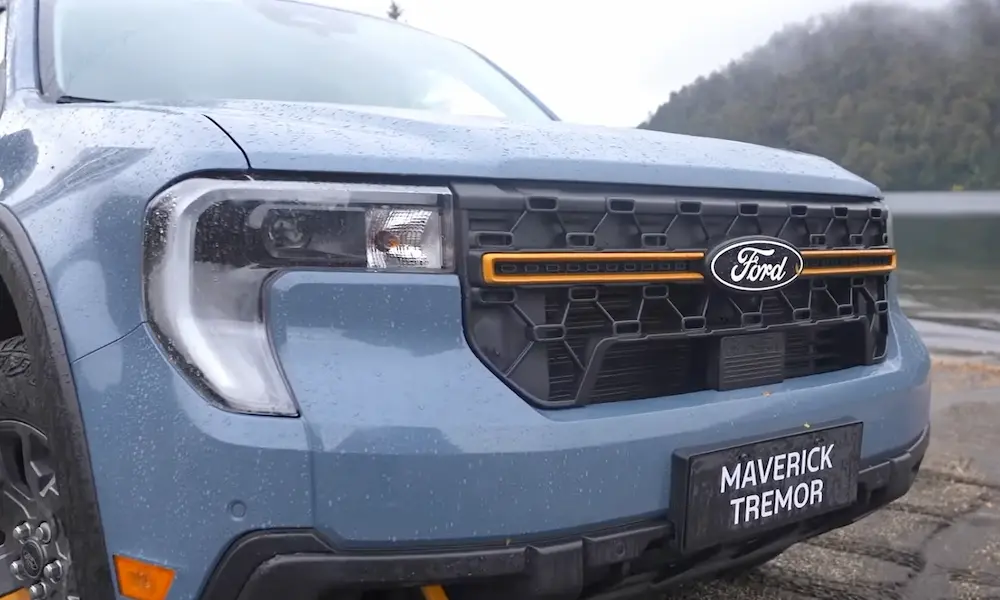Are you worried about Utah emissions requirements for your car? Understanding these rules is important to keep your vehicle road-legal and avoid fines. In Salt Lake County, cars less than six years old need an emissions test every two years. Knowing which years your vehicle needs testing can save you time and stress. Dive in to discover how to breeze through these requirements.
Overview of Utah Emissions Testing
Utah requires emissions testing to help ensure that vehicles on the road produce fewer pollutants. The rules may vary based on the county and the age of the vehicle.
Purpose of Emissions Tests
The primary goal of emissions tests is to reduce air pollution and keep the environment cleaner. By ensuring that cars emit fewer harmful gases, the air quality in Utah improves, benefiting public health. Identifying high-polluting vehicles also encourages drivers to maintain their cars better, which can lead to better fuel efficiency and longer vehicle lifespan. Utah’s focus on emissions inspections aims to protect both the environment and the well-being of its residents.
Regions and Counties Requiring Emission Tests
In Utah, certain counties have specific requirements for emissions testing. If your vehicle is registered in Salt Lake County, Utah County, Davis County, Weber County, or Cache County, it will probably need to pass an emissions inspection.
Each county follows different rules based on air quality needs. For example, Salt Lake County and Utah County require cars newer than six years to have an inspection every two years.
Frequency of Testing
The frequency of emissions testing in Utah is designed to strike a balance between safety and convenience for vehicle owners. Vehicles less than six years old generally need an inspection every two years.
Odd-numbered model years must have tests in odd-numbered years, and even-numbered model years in even-numbered years. Different counties may have various fees and rules, so you might need to check the specific requirements for your area, such as those in Cache County where fees may not exceed $20. Each county may also have facilities with different pricing, so it can be helpful to shop around.
Testing Procedures and Requirements
In Utah, emissions testing is required for many vehicles to ensure they meet clean air standards. These procedures include figuring out which vehicles need to be tested, where to get them tested, and how the results are evaluated.
Vehicle Eligibility and Model Years
Vehicles in Utah are subject to emissions inspections based on their model year and county of registration. For instance, in Salt Lake County, vehicles less than six years old need an emission test every two years. If your vehicle has an even-numbered model year, it will be tested in even-numbered years. Odd-numbered model years are tested in odd-numbered years. Specific eligibility may vary, but the general aim is to reduce pollution by ensuring newer and older vehicles meet required standards.
Emissions Inspection Stations
You need to take your vehicle to a certified Inspection Station for the emissions test. These stations use advanced equipment to check your vehicle’s emissions. If you are temporarily outside Utah, you might be eligible for a deferment but must contact the local authorities. Remember that certified stations are equipped with tools to measure your vehicle’s pollutants accurately. These stations are spread across different counties like Cache County, Davis County, and Weber County, making it convenient for you to find one nearby.
Passing and Failing Criteria
Once your emission test is complete, your vehicle will either pass or fail based on the measured pollutants. Passing means your vehicle meets the standards and is good to go. Failing means your vehicle emits pollutants above acceptable levels. If your vehicle does not pass, you should contact the appropriate county to see if you qualify for an exemption. If your vehicle fails despite reasonable efforts to fix the issues, some counties like Cache County and Davis County offer exemptions. Remember to address any issues promptly to avoid fines and ensure your vehicle is environmentally friendly.
Registration and Renewal
In Utah, keeping your vehicle registration up-to-date is essential. This involves knowing the connection between registration and emissions requirements, the steps for renewing your registration, and what new residents need to do.
Link Between Registration and Emissions
In Utah, registration and emissions testing are tightly linked. Vehicles registered in counties like Davis, Salt Lake, Utah, and Weber must pass emissions tests every two years for cars less than six years old. This is to ensure your vehicle meets clean air standards. Dealers must first pass emissions tests if selling to residents in these counties.
Ensuring your vehicle complies with these requirements helps keep the air clean and avoids penalties. You can find out more about these requirements on the Utah DMV’s inspection page.
Renewing Your Registration
Renewing your vehicle registration in Utah is straightforward. You can start by visiting the Utah DMV registration renewal page. Enter your renewal information online and calculate the registration fees. You can also contact DMV at 801-297-7780 for fee exemptions.
Make your check payable to the Utah State Tax Commission and mail it to the provided address. Allow time for processing, especially if renewing by mail. Don’t wait until the last minute; renew early to avoid expired registration issues.
Vehicle Registration for New Residents
If you are new to Utah, you must register your vehicle as soon as possible. Ensure your vehicle passes the necessary emissions tests if you live in specific counties. The Utah DMV requirements page provides detailed information.
You’ll need to submit documentation proving residency, vehicle ownership, and emission inspection. Contact the DMV for more information, and make necessary appointments. Registering your vehicle promptly helps to avoid fines and legal issues.
By understanding these processes, you can manage your vehicle’s registration and renewal efficiently in Utah.
Exemptions and Special Cases
Certain vehicles in Utah have specific exemptions from emissions testing. Exemptions may apply based on vehicle type, temporary circumstances, or special vehicle classifications, such as vintage or custom cars.
Exemptions Based on Vehicle Type
Some vehicles are exempt from emissions testing. Diesel vehicles made before 1997 and those weighing more than 14,000 pounds generally do not need emission tests. Motorcycles and ATVs are also usually exempt. Implements of husbandry like farm tractors and construction vehicles are often not required to undergo emissions testing. For electric vehicles, no emissions tests are necessary since they don’t produce emissions.
Temporary and Out-of-State Exemptions
If you are temporarily out-of-state when your vehicle’s emissions test is due, you may qualify for a temporary permit. This allows you to delay the test until you return. You should contact the local DMV to understand the specific steps for obtaining a temporary permit. For those who relocate temporarily to Utah, you may be exempt if your vehicle already passed an emissions test in another state.
Vintage and Custom Vehicle Exemptions
Vintage vehicles often have exemptions. If your car is more than 30 years old and classified as a collector vehicle, it might be exempt. Custom vehicles, particularly those that are not used for daily transportation, may also qualify for exemptions. Generally, these vehicles should be registered under a specific category that identifies them as for special use. Always check the specifics for new vehicles as well, since recent models might have different requirements.
Understanding these exemptions can save you time and ensure you meet Utah’s regulations efficiently.
Associated Fees and Assistance
Understanding what you might need to pay for emissions testing and how to get help with repairs can save you time and money. Knowing the costs and available financial aid is crucial for any vehicle owner in Utah.
Emissions Testing Fees
Emissions testing fees in Utah vary depending on the county. For example, in Salt Lake County, the fee for an emissions test typically ranges from $25 to $30. In Davis and Weber counties, the cost is similar, generally between $20 and $25 per test.
Vehicles less than six years old registered in Salt Lake County must undergo an emissions test every two years. You may also need to factor in additional fees if you need a re-test after failing the initial test.
Financial Assistance for Repairs
If your vehicle fails an emissions test, fixing the problem can be costly. Various programs and organizations in Utah offer financial assistance to help cover emissions-related repairs.
The Utah Department of Air Quality sometimes provides grants or subsidies for repairs, especially for low-income families. You can also explore local non-profit organizations that might offer repair assistance. It’s essential to check eligibility criteria and application deadlines for these programs to benefit from them.















